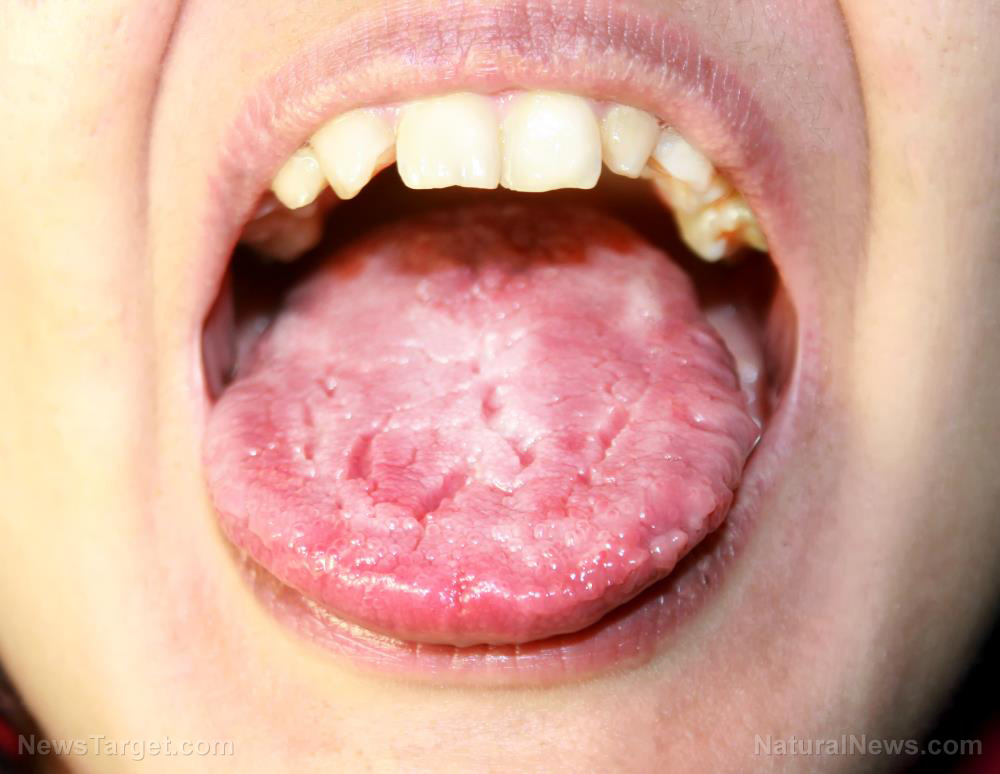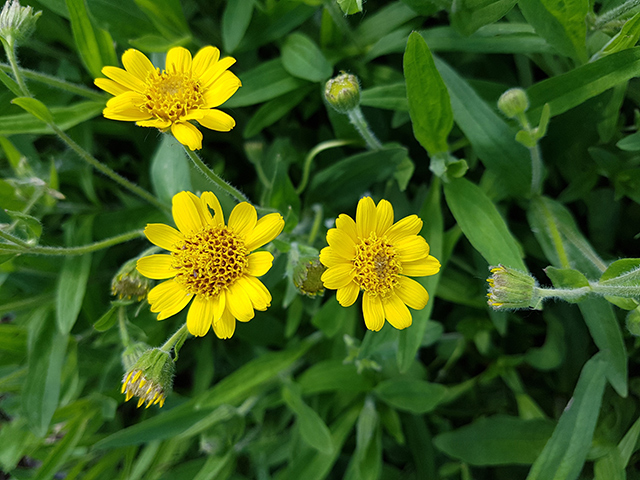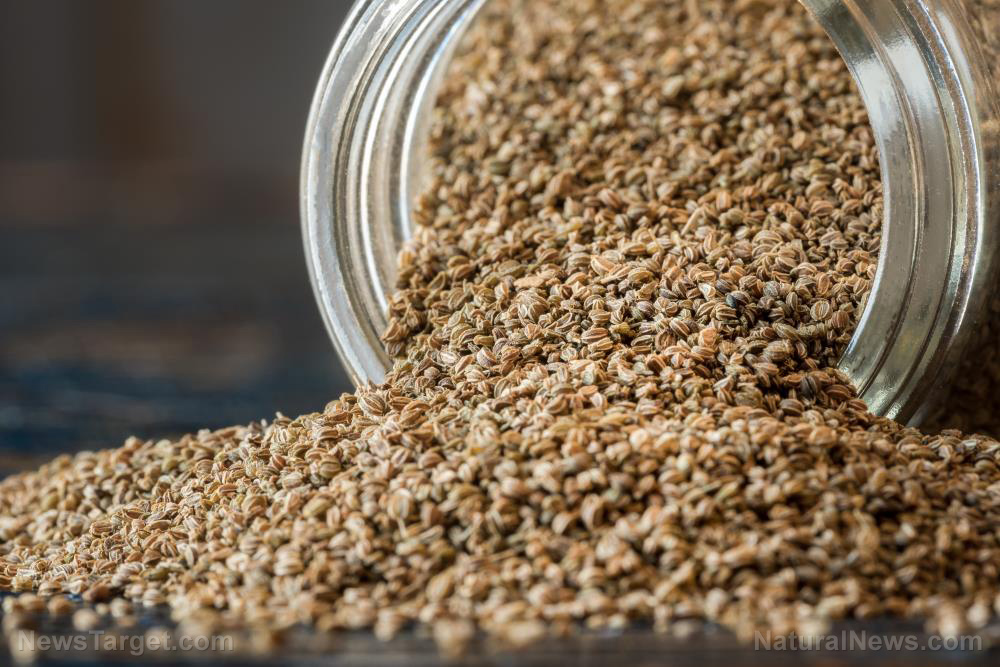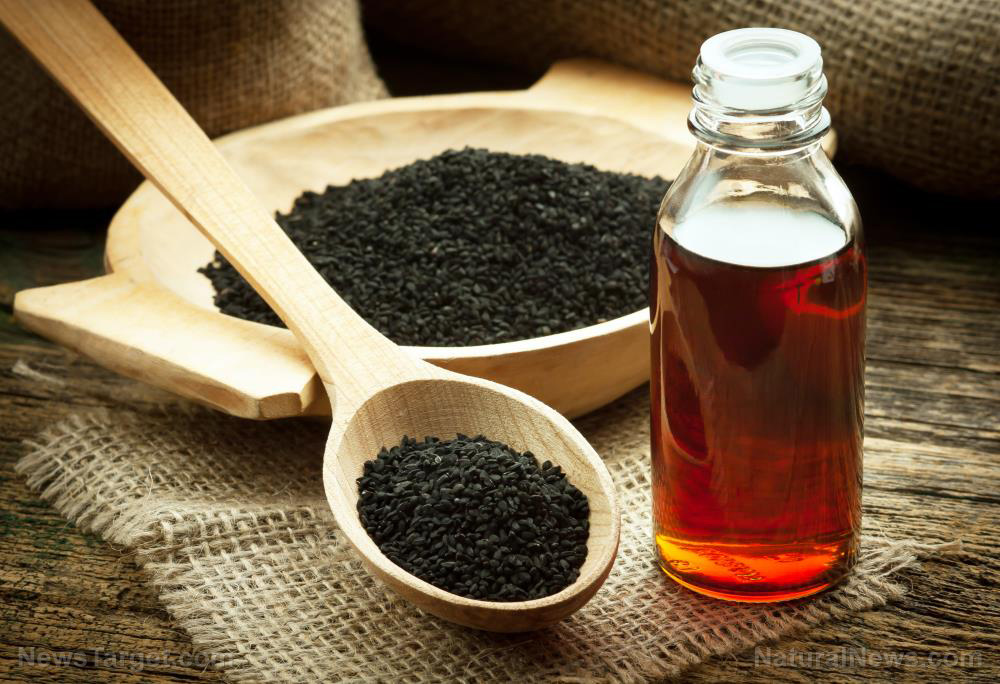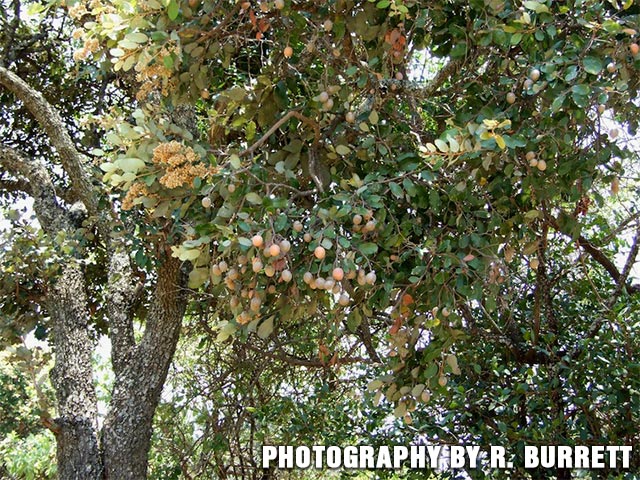The raw material for various natural textiles shown to have potent antioxidant properties
01/04/2019 / By Zoey Sky
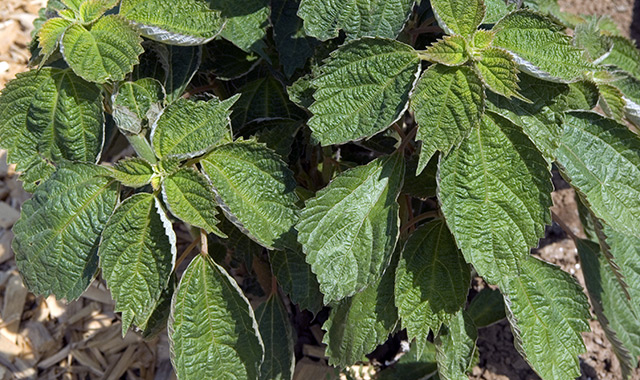
According to a study, the humble ramie (Boehmeria nivea) could potentially be used as an alternative source of antioxidants and antidiabetic agents.
Ramie cultivars with antioxidant properties
The study, which was published in Industrial Crops and Products, revealed that ramie, commonly grown as a raw material for natural textiles, can be used as an alternative source of antioxidants.
Data from earlier studies have confirmed that ramie leaves contain bioactive compounds and that these give medicinal properties to ramie plant extracts.
For the study, the scientists isolated ramie’s phenolic compounds and evaluated its antioxidant capacity and alpha-glucosidase inhibitory activities.
The researchers analyzed 10 different ramie cultivars that are widely available in China. Phenolic compounds were studied using ultra-high performance liquid chromatography, electrospray ionization, and quadrupole time-of-flight mass spectrometry (UPLC-ESI-QTOF-MS). The data was then quantified via ultra-high performance liquid chromatography with diode-array detector (UPLC-DAD) analysis.
The researchers utilized rapid in vitro assays to determine the antioxidant activity and alpha-glucosidase inhibitory properties of the samples. The content of total phenolic compounds varied from 0.52 to 2.41 milligrams per gram (?mg/g) DW, and the content of total flavonoids varied from 0.40 to 2.50?mg/g DW. UPLC-ESI-QTOF-MS analysis identified 15 compounds in ten cultivars, including:
- Caffeoylmalic acid
- Chlorogenic acid
- Feruloylquinic acid
- Hyperoside
- Isoquercetin
- P-coumaroylmalic acid
- Rutin
Data from the study revealed that the cultivar Luzhuqing (LZQ) had the highest content of chlorogenic acid, rutin, and p-coumaroylmalic acid at 439.49?micrograms per gram (mcg/g) DW, 339.97?mcg/g DW, and 345.93 mcg/g DW respectively.
The 10 ramie cultivars displayed various antioxidant capacities and alpha-glucosidase inhibitory abilities. (Related: Another white flour alternative: Plantain peel flour has high levels of dietary fiber.)
The result of the principal component analysis showed that out of the 10 cultivars, two had both antioxidants and antidiabetic agents: Qianjiangxianma (QJX) and LZQ.
The authors posited that based on the results of the study, certain ramie cultivars can be used as alternative sources of antioxidants and antidiabetic agents. These compounds can then be used to help fight chronic diseases such as cancer and diabetes.
Fast facts on ramie
Boehmeria nivea, commonly called ramie, is a plant that belongs to the Urticaceae (nettle) family.
- Ramie is also called China grass or native ramie.
- Ramie bears both flowers and fruits, and shrubs can grow from 2 to 3 feet tall.
- Ramie is native to China, and the species is often grown and used as fiber. However, B. nivea tenacissima (rhea), which is native to Malaysia, is also used as a source of fiber.
- Ramie fabric was used in ancient Egypt, and it was introduced in Europe during the Middle Ages.
- Pure white in color, ramie fiber is easy to dye, lustrous, and moisture absorbent. Ramie fibers are spun into yarn, which is then woven into textiles.
- Ramie fiber is stronger than cotton, flax, or wool. Ramie is mildew-resistant and the fiber doesn’t change color even after prolonged exposure to sunlight.
- Ramie is used to make products like filter cloths, fishing nets, industrial sewing thread, and packing materials. It can also be used to make fabrics for household furnishings and clothing. Ramie is often combined with other textile fibers.
- Shorter ramie fibers and waste are used in paper manufacture. China is the main producer of ramie it exports mainly to Japan and Europe. Other ramie producers include Brazil, Japan, the Philippines, and Taiwan.
You can read more articles about antioxidant plants like B. nivea at Research.news.
Sources include:
Tagged Under: alpha-Glucosidase, antidiabetic, antioxidants, Boehmeria nivea, diabetes, herbal medicine, natural cures, natural medicine, ramie, Ramie leaves, raw materials


